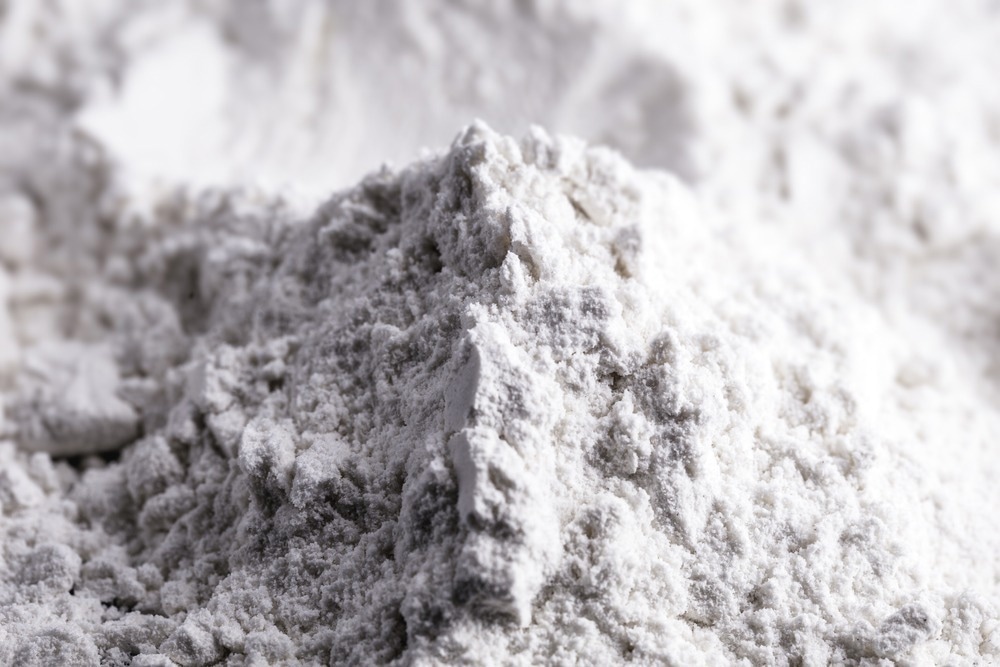In a study published in Materials, a state-of-the-art, environmentally friendly three-dimensional optical measurement technology for metallic components with different surface characteristics is proposed. The technology enables accurate three-dimensional optical measurements of materials with different surface properties and without matte coatings.

Study: Development of a Three-Dimensional Optical Verification Technology without Environmental Pollution for Metal Components with Different Surface Properties. Image Credit: RHJPhtotos/Shutterstock.com
Significance of Optical Measurement Technology in the Machining Industry
Additive manufacturing is a powerful technology for producing metallic items with complicated geometries in various industries. Its popularity has exploded recently as its benefits have been more widely understood.
In the precision machining industry, optical measuring technology plays a crucial role in precise machining and manufacturing because of its higher measurement efficiency than the conventional contact measuring approach.
Three-Dimensional Optical Scanning
Among the optical measurement technologies, three-dimensional optical scanning is a popular technology for inspection, designing, and quality control in the manufacturing industry. It is quickly becoming an essential tool for manufacturers who require precise dimensional inspection, virtual image analysis, and rapid prototyping.
The 3D optical scanning approach offers several unique benefits over the traditional contact measurement method, particularly when measuring items with complicated geometry.
The GOM ATOS Triple Scan II contactless optical 3D scanner is widely employed in the quality assurance departments of various industries. This optical device utilizes optical sensors and blue light to conduct precise scans at a rapid measurement rate.
Drawbacks of Conventional Optical Scanning
The product is sprayed with an anti-glare combination of titanium dioxide (TiO2) powder and ethanol in conventional contactless optical measurements to get precise measurements.
However, spraying a mixture on the measuring item has three significant disadvantages. First, since the measuring item contains several tiny structures, removing the sprayed mixture takes a lot of time. Second, the measuring item might get damaged while the mixture is removed. Finally, as the measuring item's size increases, the mixture's spraying time increases.
Using Three-Dimensional Optical Measurement Technology for Metal Components
Researchers developed an eco-friendly 3D optical verification system for metal components with varying surface properties to overcome the limitations of spraying a mixture on the measuring item without causing environmental pollution.
The feasibility test employed four metal components with varying surface characteristics and eight measuring methods. The measurement data was divided into control and test group.
Various experiments were performed to investigate the differences between high quality and more points, the differences between reflection detection and ambient light being turned on or off, and the effects of reflection detection on the optical measurement outcomes for a non-sprayed item.
The resolution, scan data quality, exposure, and scan area were adjusted using the GOM ATOS Professional V 7.5 software. The digital model of the measured item was exported in stereolithography (STL) format.
The differences between optical measurement results with and without matte coatings were analyzed. Finally, a technical database for three-dimensional optical measurements of metallic objects with varying surface qualities was constructed without spraying ethanol and titanium dioxide (TiO2) powder.
Important Findings of the Study
The contactless eco-friendly three-dimensional optical scanning technology effectively measures items with simple or complicated geometries. The proposed 3D optical technology is faster and more cost-effective than conventional trial-and-error methods.
The proposed study has enormous potential in the precision machining industry since it measured three-dimensional optical dimensions of four similar metal components without matte coatings. In addition, the proposed empirical technical database can be used instead of traditional three-dimensional optical measurements.
The proposed technology is useful in the precision machining sector because the average size errors of the four measuring objects with varying surface qualities can be controlled at approximately 0.1 µm, 0.5 µm, 3 µm, and 9 µm.
The measuring items' size does not impact the detection error, but their surface characteristics substantially impact it. The three-dimensional optical measurement technology can also verify feature sizes in the stamping die, plastic injection mold, blow molding mold, metal injection mold, and rotational molding mold.
The proposed 3D optical verification technique is eco-friendly and complies with the sustainable development goals (SDGs). Moreover, it has three significant advantages; cost reductions in the 3D optical measurements, savings in the lead time, and the post-processing time before and after 3D optical measurements, respectively.
The proposed technology faces difficulty in scanning and measuring transparent objects, dark objects and objects with ultimate shiny surfaces. These issues are currently being studied and will be addressed by researchers in future work.
Reference
Kuo, C.-C., He, Z.-Y. & Lee, C.-X. (2022). Development of a Three-Dimensional Optical Verification Technology without Environmental Pollution for Metal Components with Different Surface Properties. Materials. https://www.mdpi.com/1996-1944/15/17/6139/htm
Disclaimer: The views expressed here are those of the author expressed in their private capacity and do not necessarily represent the views of AZoM.com Limited T/A AZoNetwork the owner and operator of this website. This disclaimer forms part of the Terms and conditions of use of this website.